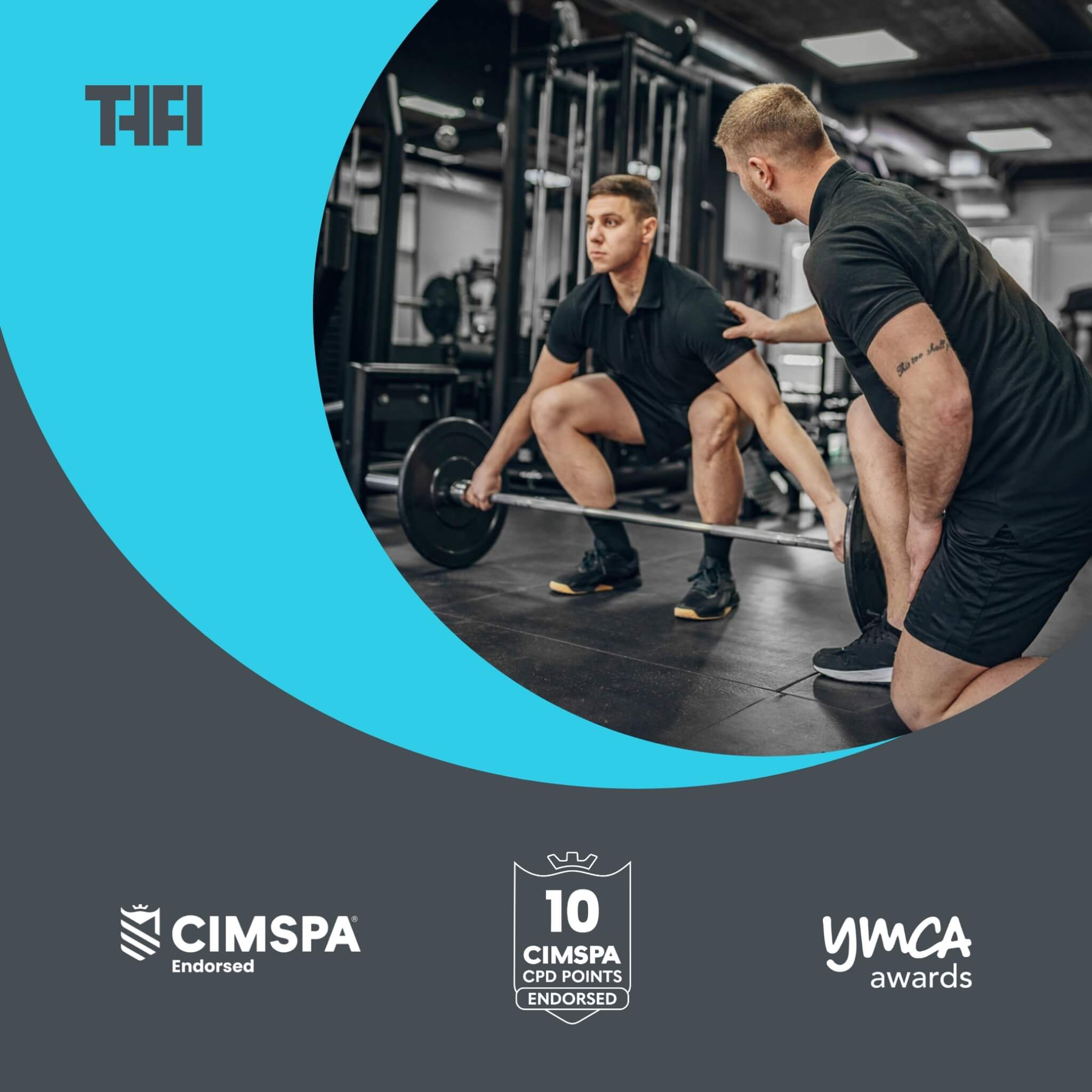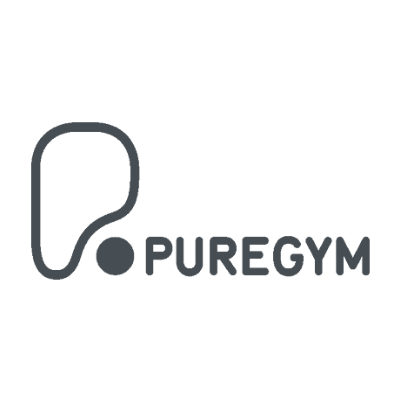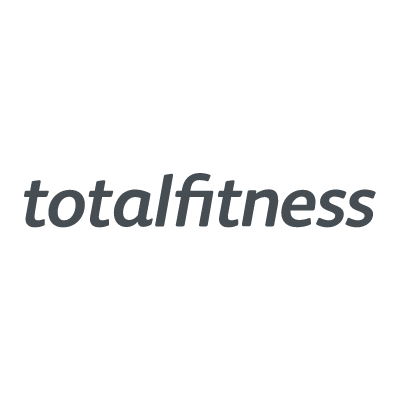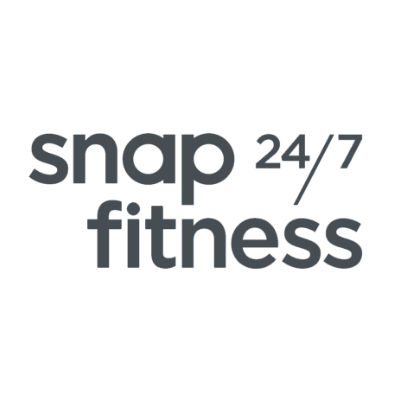How to Build a Successful Personal Training Business from Scratch

If you want a career where you can help change people’s lives, it doesn’t get much better.
Getting paid for helping empower people to achieve their fitness goals is the dream for many fitness enthusiasts.
But starting a personal training business from the ground up with no prior business experience can feel daunting.
It all starts with choosing a personal trainer course that gives you the practical skills, certification, and confidence to launch your business the right way.
In this step-by-step guide, we show you how to get qualified as a trainer, set up your business, handle legal and financial considerations, and get to grips with marketing and client acquisition.
Step 1: Get your personal training qualifications
Your first step is to think what type of personal training you want to do, or what kind of business or service you want to offer your clients.
You have a whole range of different certifications you can do depending on your specialism, your level of expertise, and your potential client base.
Here are some of the most common certifications you might want to consider:
Level 3 Certificate in Personal Training
If you want to work as a personal trainer in the UK, this is the minimum qualification required to do so.
You will learn all the basic knowledge and skills needed to create and deliver exercise programs safely and effectively for your clients.
This certificate also means you can register with CIMSPA (Chartered Institute for the Management of Sport and Physical Activity), which is the main professional body for personal trainers in the UK.
Level 4 Wellness Practitioner
If you want to focus on helping clients cultivate wellness – including weight loss, healthy eating, controlling stress, and managing the effects of ageing – this is the qualification you need.
It enables you to work with different kinds of clients with more diverse goals than just fitness, and offer services and expertise that regular personal trainers don’t have.
Level 4 Diploma in Strength and Conditioning
If you want to focus on working with athletes or helping coach clients for athletic performance through strength and conditioning training, this is the qualification you need.
You will learn a broad range of skills and competencies including functional anatomy, biomechanics, movement analysis, periodisation, plyometrics, speed and agility training, and injury prevention.
This qualification means you can register at a higher level with CIMSPA.
Niche Qualifications:
If you want to specialise as a personal trainer or target a specific niche in fitness, there are further qualifications you can complete.
You might want to become certified in nutrition, yoga, pilates, kettlebells, boxing, or pre and post-natal fitness.
When choosing a certification provider, make sure that they are accredited by an external body such as YMCA Awards and Active IQ, which ensures that the qualification meets the national standards and quality criteria. You should also check the course content, duration, cost, assessment methods, and support services before enrolling.
Step 2: Choose a business structure
Getting your personal training business officially set up is the next step. It starts with choosing the right business structure for what you want to achieve.
The two main options available to personal trainers are:
Sole trader: If you want the most common and straightforward option to work independently as a personal trainer, this is it. When you set up as a sole trader, you are self-employed and run your business as an individual. It means you have complete control over your business decisions and finances, however, it also means you are liable personally for debts and losses built up by your business.
Limited company: If you want to structure your business separately from your personal affairs, you need to set up a limited company. This is a more formal and sometimes complex option that enables you to set up your personal training business as a legal entity that is distinct from you as an individual. It means that you have limited liability for any debts and losses built up by the business. However, it comes with a higher level of obligations regarding taxes, accounts, and financial reporting.
When making this important decision, you should consult with a professional such as an accountant or business advisor. Factors such as your level of income, appetite for risk, growth potential, and business goals should be considered too. It can also be helpful to have a business mentor to support you on an ongoing basis.
Step 3: Register your business
Once you have chosen the right business structure for you, it’s time to register your new business officially.
If you are starting out as a sole trader, you can register with HM Revenue and Customs (HMRC) and get your Unique Taxpayer Reference (UTR) number. This can either be done over the phone or online. Each year, you will need to register for Self Assessment and complete a tax return.
If you are going down the ‘limited company’ route, you will need to register your new business with Companies House, and get a company name and number. This can either be done online or by post. Each year, you are required to register for Corporation Tax and complete a Company Tax Return.
If your annual turnover is over £85,000, you should register for VAT, which can be done online or by post. You will need to charge VAT on your personal training service and then also complete a VAT Return each quarter.
You need to register for National Insurance and pay Class 2 and Class 4 contributions if you are a sole trader, or Class 1 contributions if you are a limited company.
You will need to keep a complete record of your income and expenditure for the year and ensure you complete the forms and pay your tax bill by the government deadline.
When you are officially set up, you should open a special business bank account so you can ensure your personal and business finances stay separate. This makes it easier to manage cash flow and accounting.
Step 4: Get insured
Getting your business insured is the next important step you need to take. It protects you from any legal action from any accidents, injuries, damages, or negligence that may happen while running your personal training business.
The different types of insurance you need to consider are:
Public liability insurance: This insurance protects you against third-party claims (clients or members of the public) who suffer injury or damage to property resulting from your work. For example, if a client trips over a barbell and hurts themselves during a session, then sues you for compensation, your legal fees and settlement costs would be covered.
Professional indemnity insurance: This insurance protects you against any claims from your clients who suffer any harm or financial loss as a result of your personal training advice or service. For example, if a client becomes ill or has a reaction to a supplement protocol or diet you recommend, they may sue for negligence. However, any legal fees and settlement costs would be covered by the insurance.
Personal accident insurance: This insurance ensures you are covered personally for any illnesses or injuries you suffer during your work. For example, if you hurt your back during a personal training session and are unable to work for a period of time, your medical expenses and loss of income would be covered.
Equipment insurance: This protects you in the event that any equipment you use for work is damaged or stolen. For example, if someone broke into your garage and stole your kettlebells and dumbbells, this insurance would cover the cost of replacing them.
Deciding on the level and type of insurance you need for your business is very individual. It can depend on many different factors – what training do you offer? What kind of clients do you work with? What equipment do you use? What’s the level of risk involved?
It’s wise to think about these considerations and then compare different insurance providers and find the best policy that suits your needs and budget.
It goes without saying, but always read the terms and conditions to understand your insurance policy and ensure you comply with it.
Step 5: Market yourself
When your business is set up and insured, you are ready to begin marketing yourself and your services.
Getting your marketing right is essential not just for attracting new clients, but retaining existing ones, building your reputation, and growing your business.
Consider some of the ways you can start marketing your business:
Website: This is the foundation when you want to establish your online presence. It gives your potential customers a place where they can come to find out more about you, the services you offer, the pricing, and how to get started. You will want to include elements like your services, pricing, qualifications, bio, client reviews and testimonials, and images of your results. You can also use your website as a place to showcase your expertise, write a blog, share your blog, and generate leads and bookings.
Social media: If you want to build your brand, showcase your services, and build a connection with potential clients, social media is a great tool to do so. Platforms like Instagram, YouTube, TikTok, Facebook, LinkedIn, and Twitter are all great channels to share content, offer advice, show off results, interact with followers, and drive new business. Which channels you use will depend on the kind of client demographic you want to attract. It can be a great place to network with other fitness professionals and collaborate with influencers.
Referrals: One of the best ways to build your business and win new clients is through referrals. This is simply when your current clients recommend you to their friends and family when they want a personal trainer. The best way to get referrals time and time again is by offering an amazing service that delivers great results for your clients. They will be singing your praises to everyone they know. You can help this process along by offering incentives or referrals like discounts, free sessions, supplements, or other gifts to existing clients who recommend you to family and friends. Getting your clients to leave reviews or testimonials you can use in your marketing can help you grow your business too.
Business cards: It might feel old fashioned, but getting business cards printed that you can hand out is an easy way to promote your services. They’re easy to design and print using local printers or online services. Make sure you include all the key details, such as your name, contact details, qualifications, services, and logo. You can leave your business cards on notice boards, in shops, at local gyms, or in community centres in your area.
Flyers and brochures: You can advertise your services more in-depth with flyers or brochures. You will want to include all the key details, including your name, contact details, qualifications, logo, and pricing, as well as more detailed information on your services, key benefits, and client testimonials. You can distribute these in areas where your target market is likely to be, such as parks, shops, cafes, or libraries. You can also mail them to local households or businesses.
Conclusion
Starting a personal training business from scratch can feel daunting.
The steps in this article give you a clear pathway to get the formalities in place as quickly as possible so you can start working with clients, changing lives, and earning money.
Follow these steps closely so you can be confident that you have the right qualifications, the ideal business structure, the legal and financial obligations ticked off, insurance to protect you, and a marketing pipeline for new clients.


























